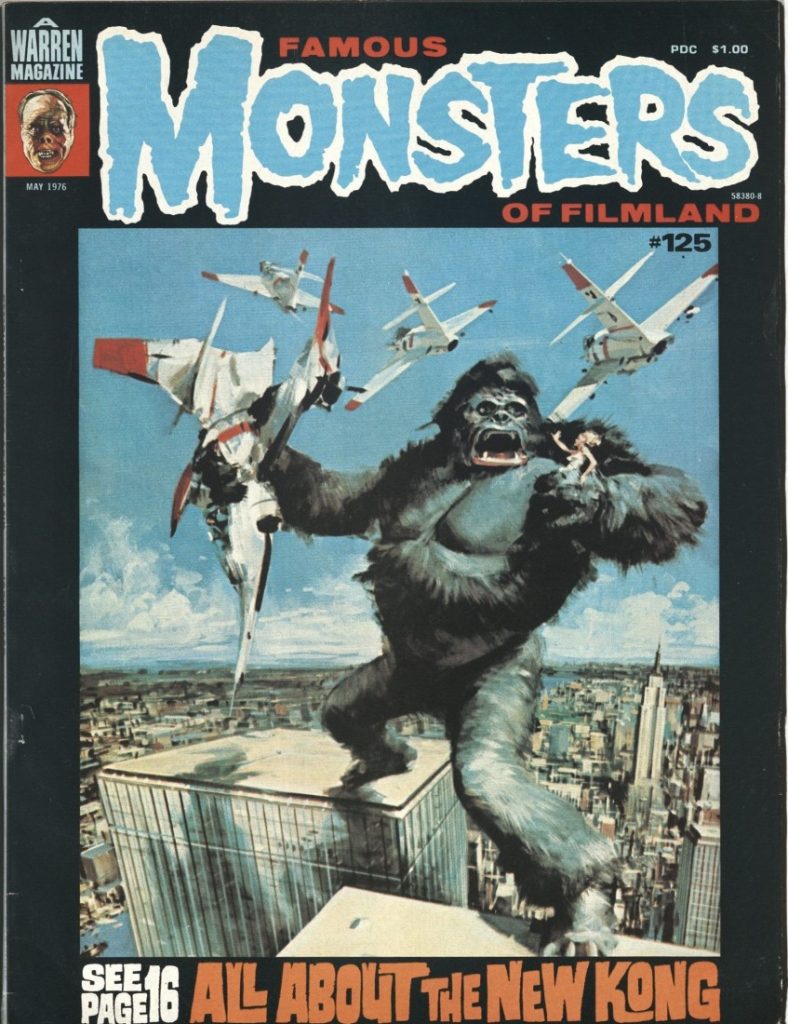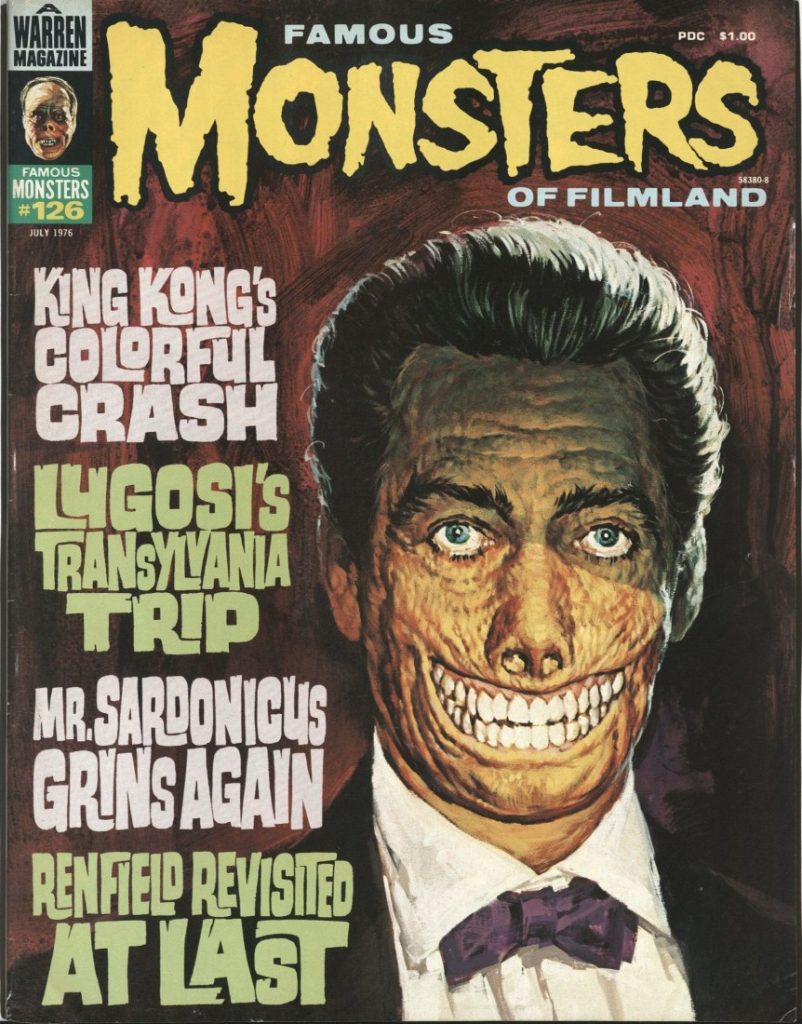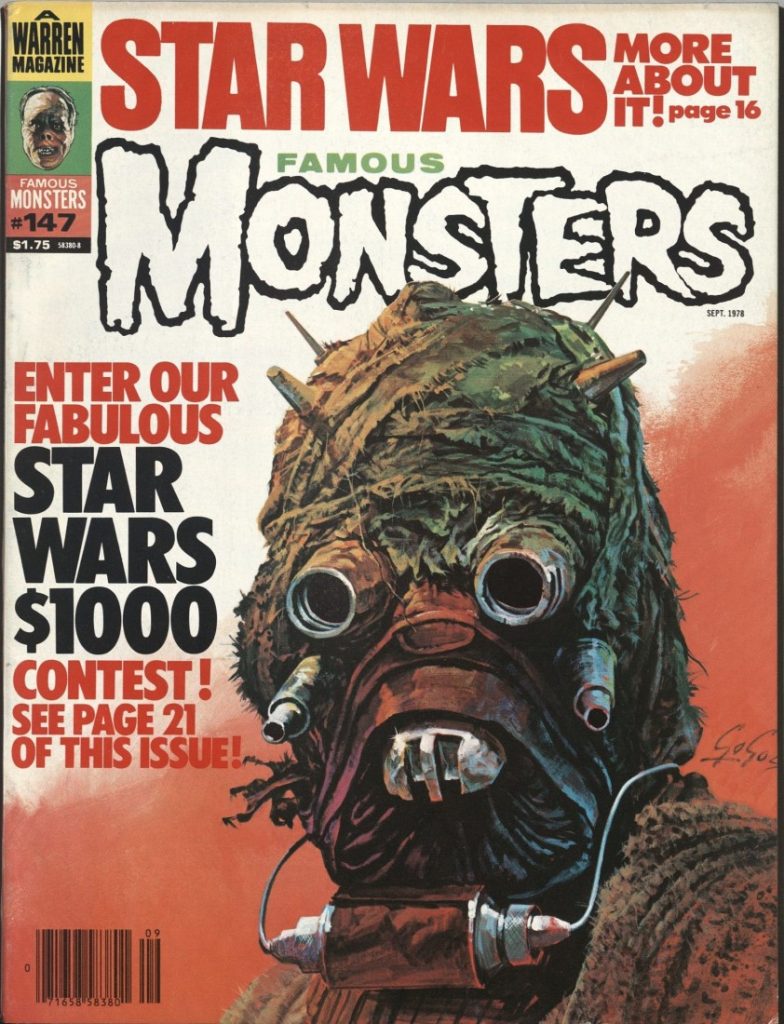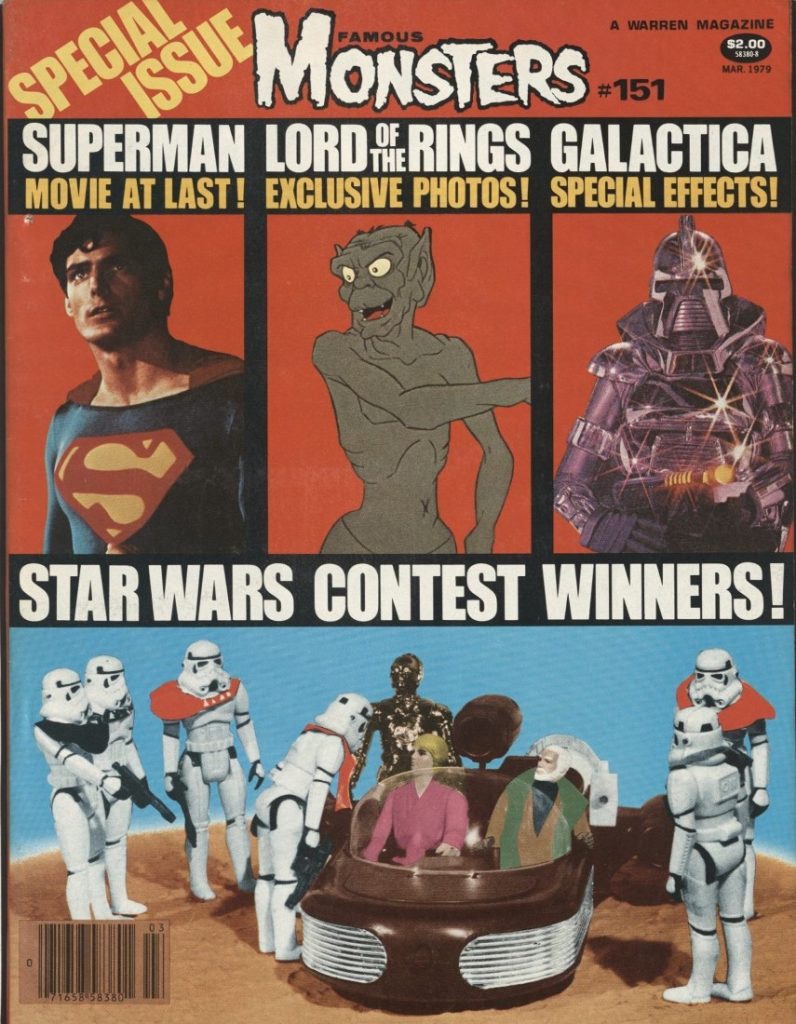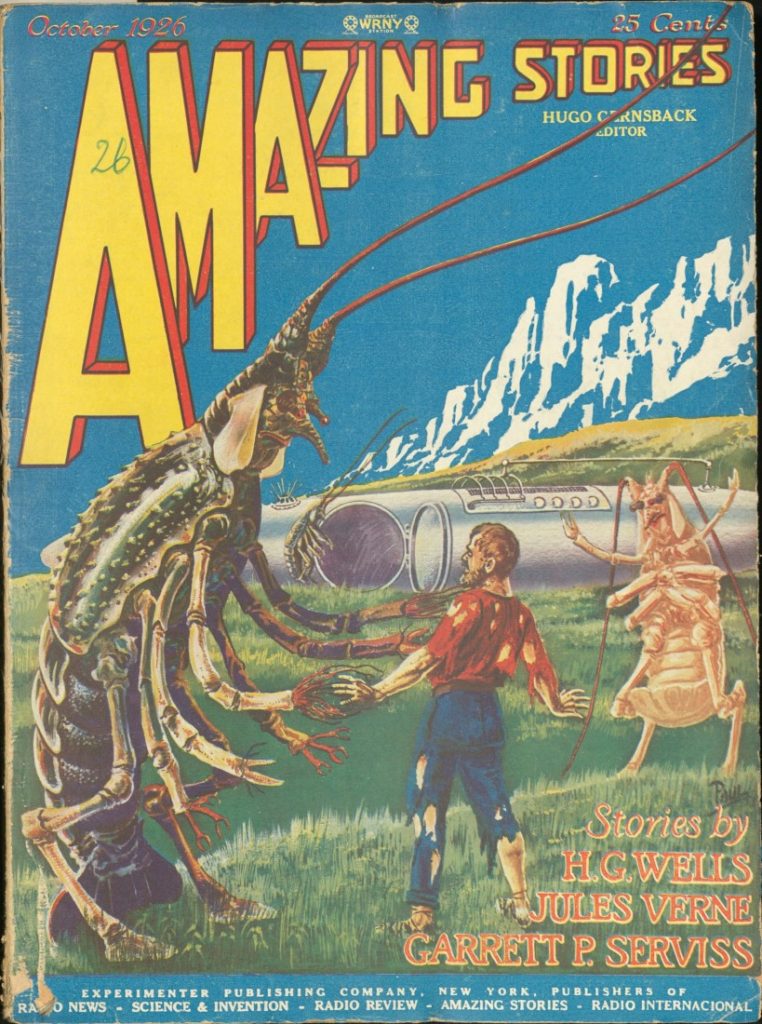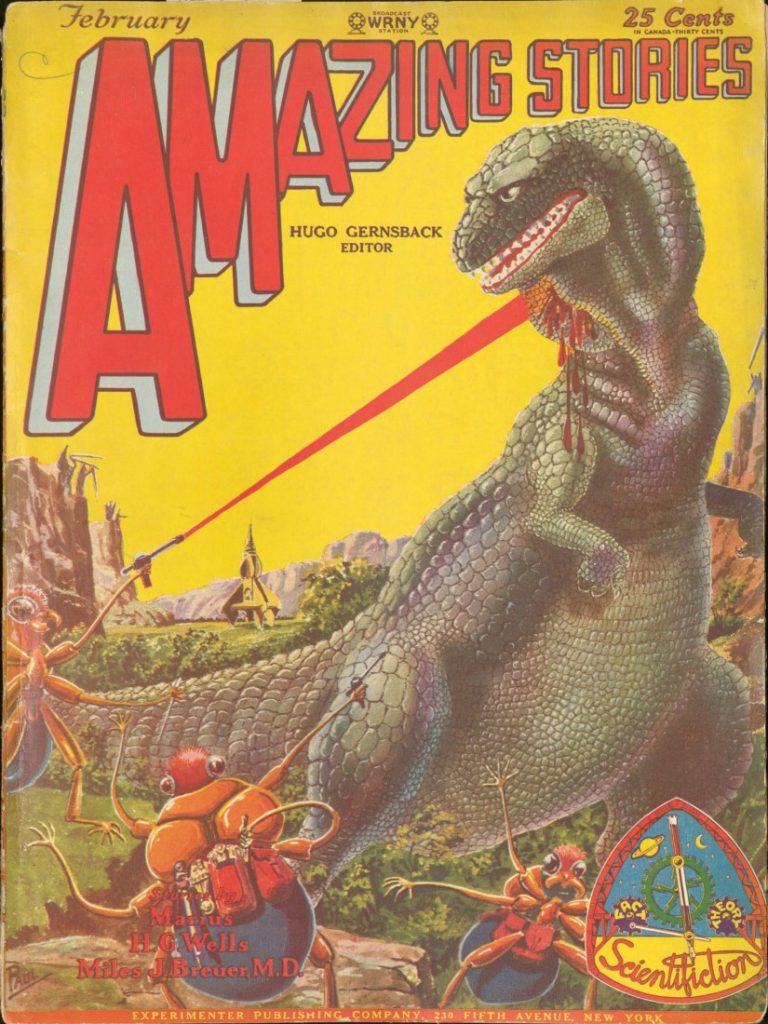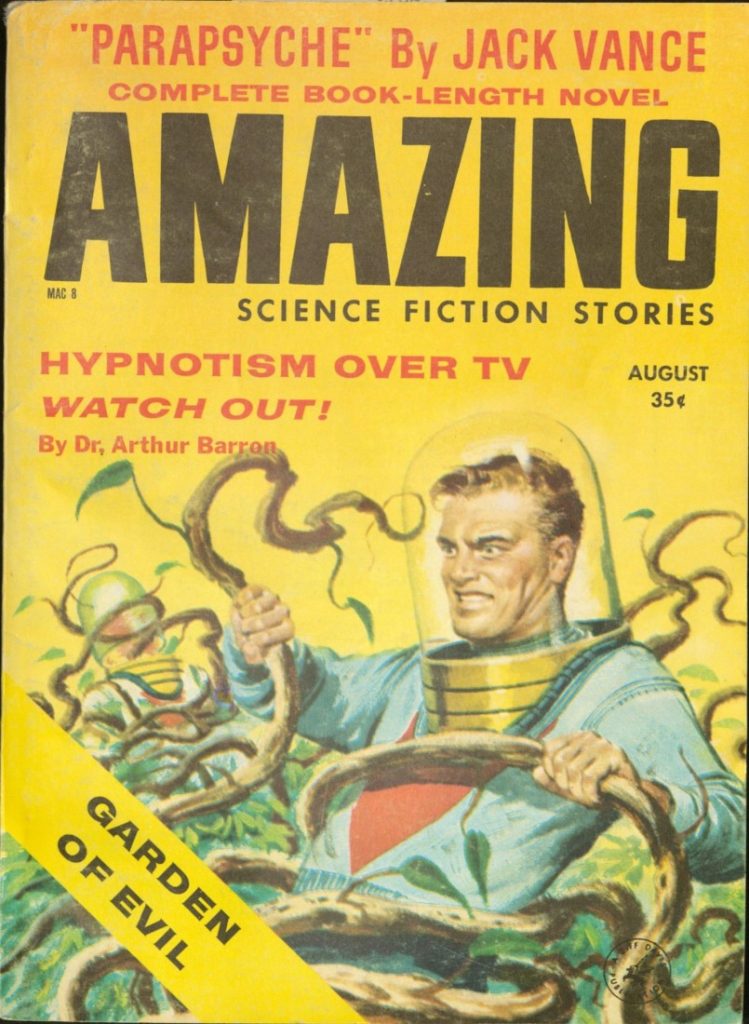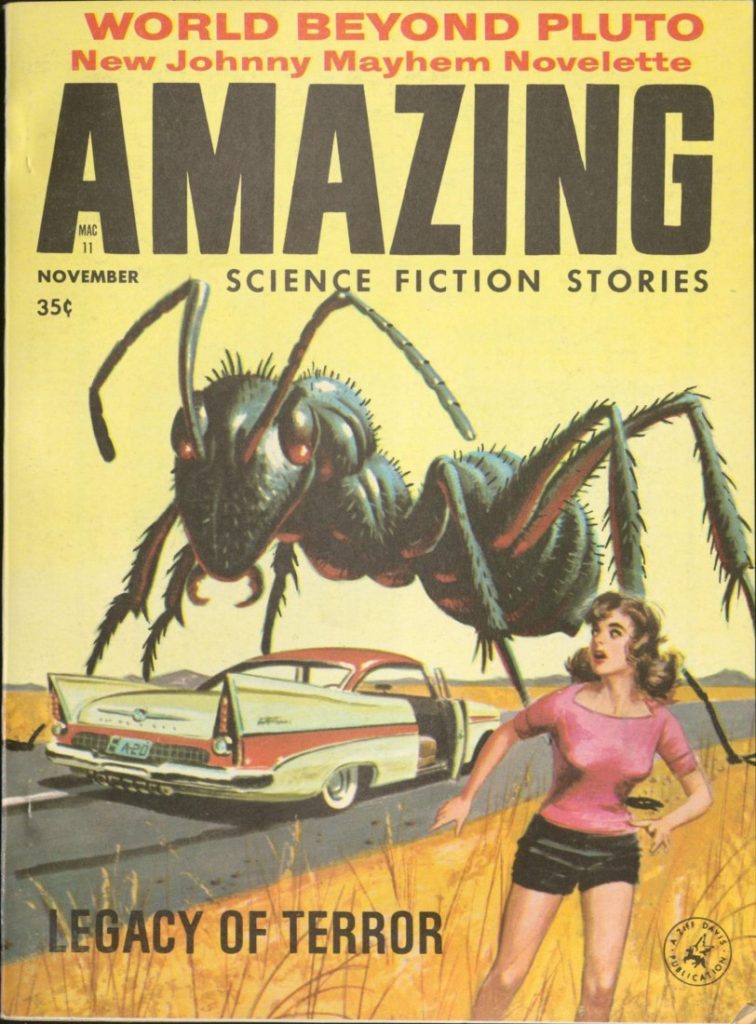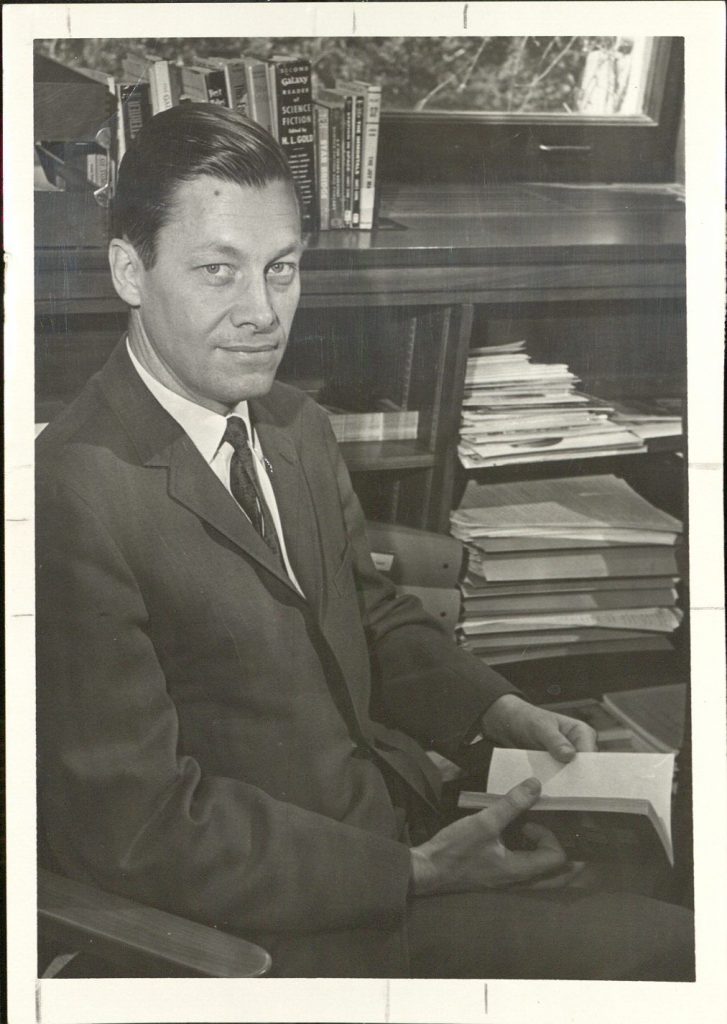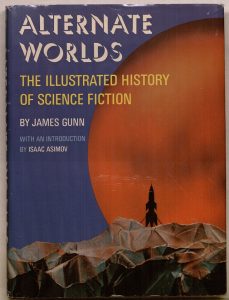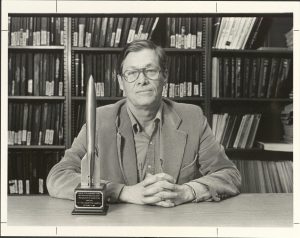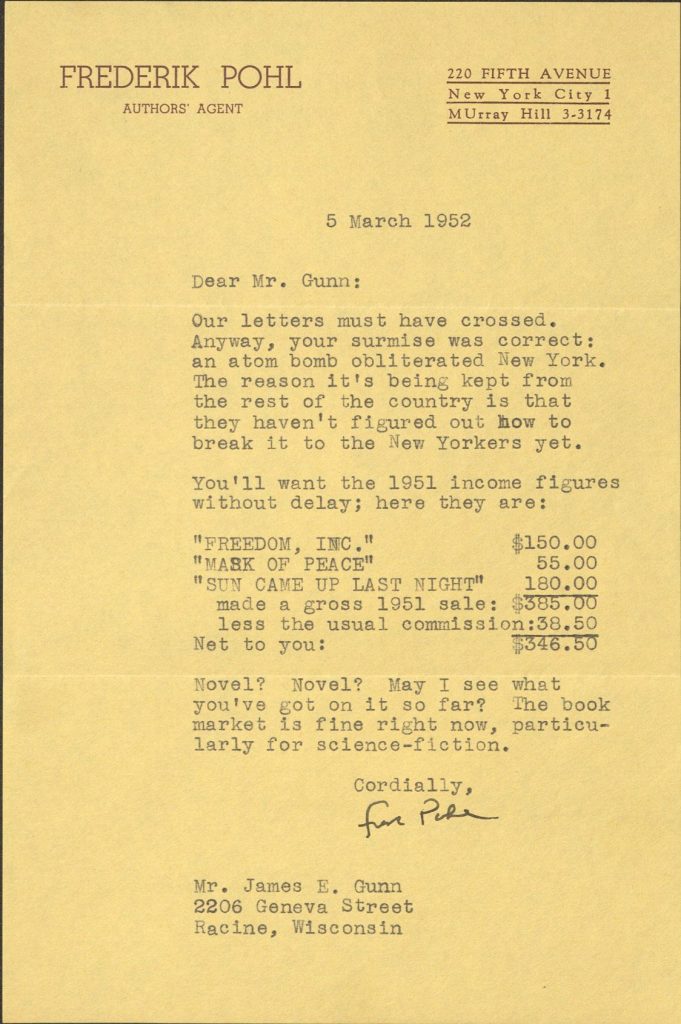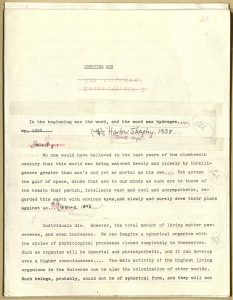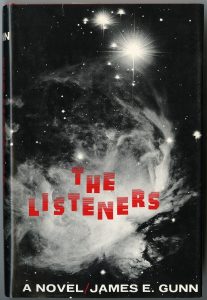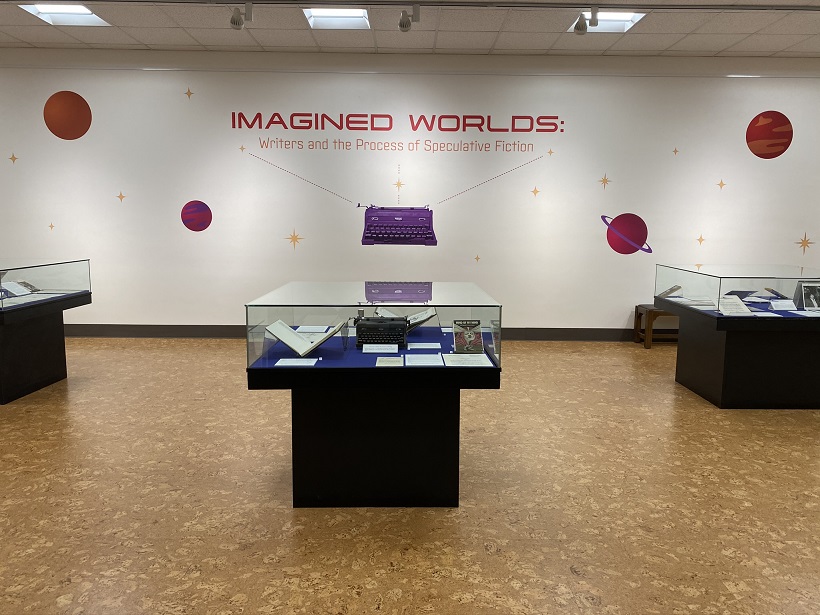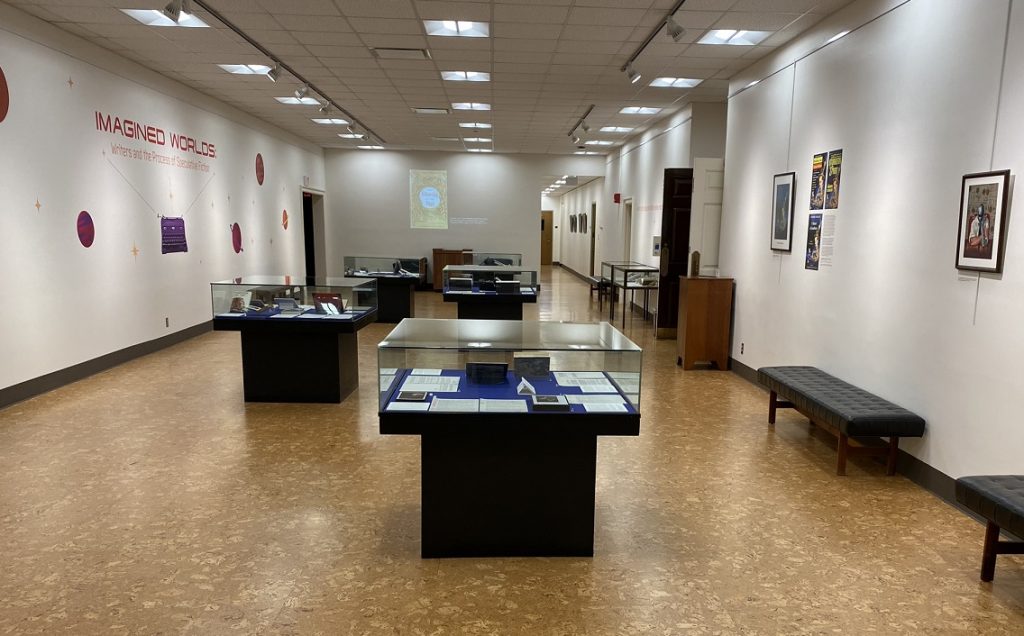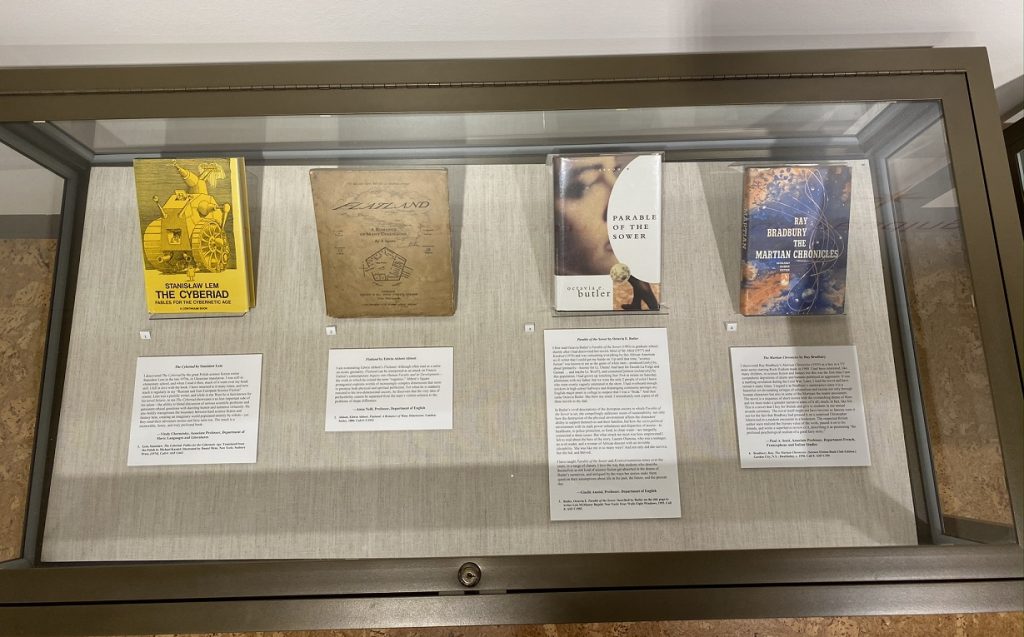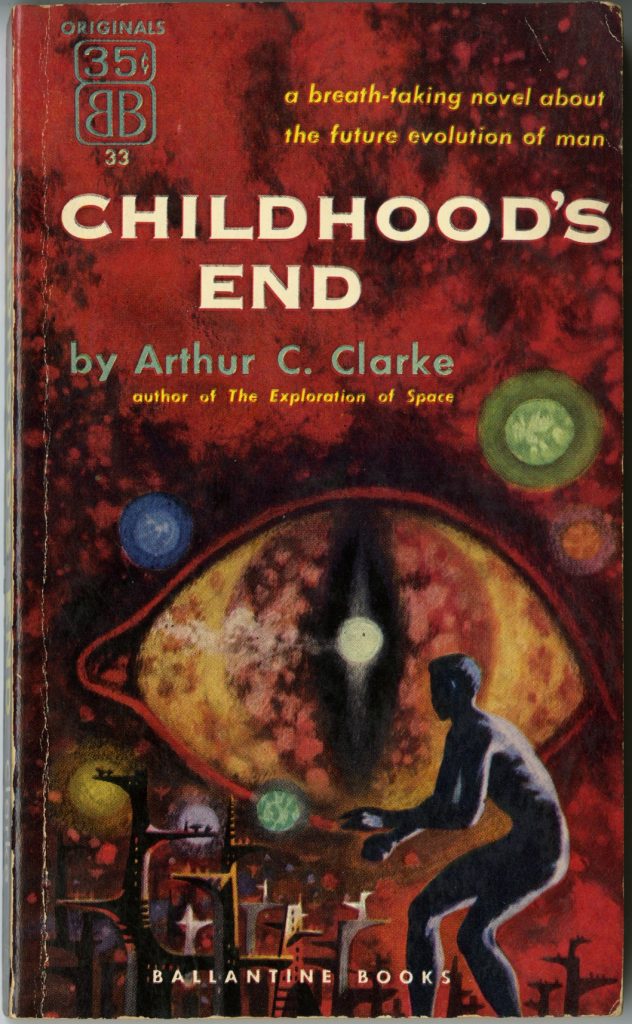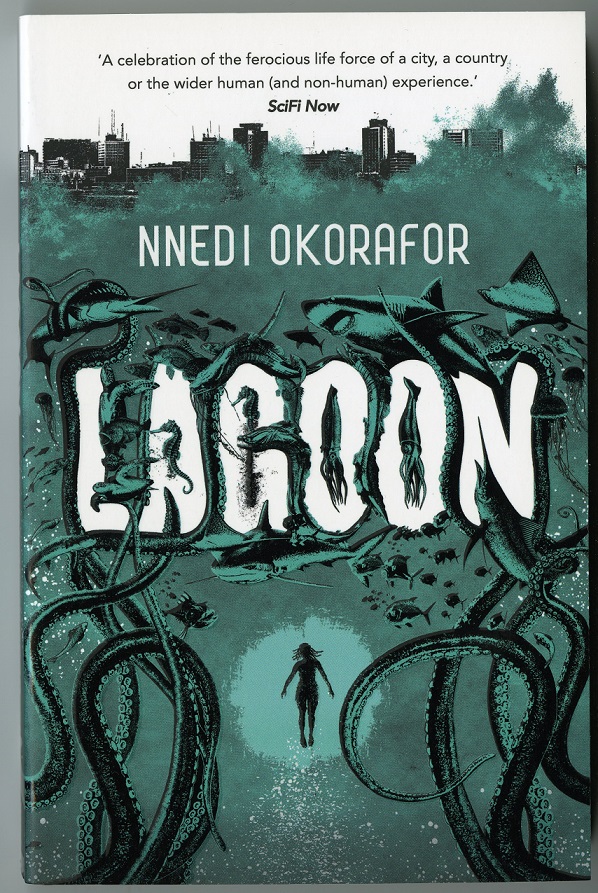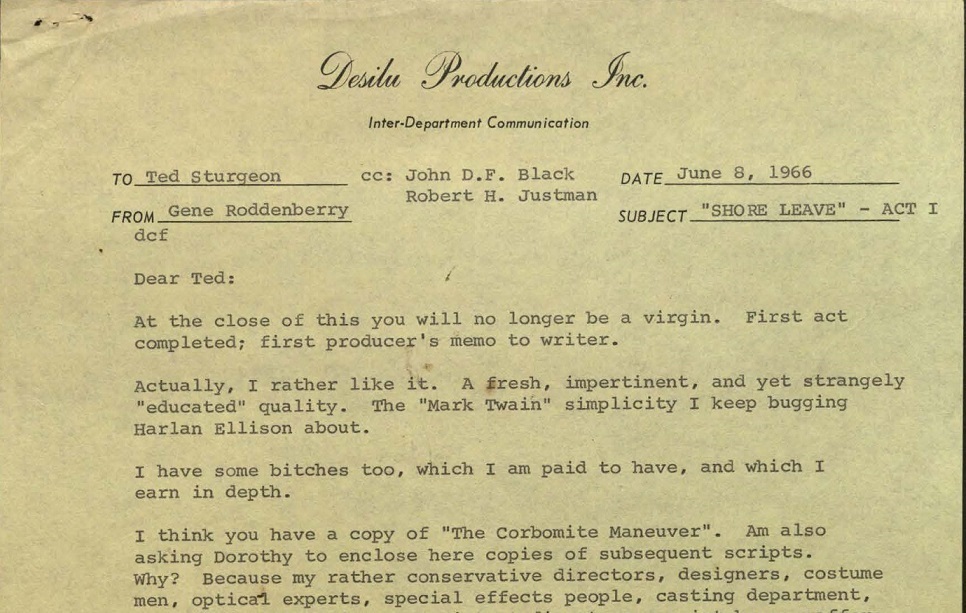Student Spotlight: Ceres Botkin
June 26th, 2025This is the latest installment in a series of posts introducing readers to student employees who make important contributions to the work of Spencer Research Library. Today’s profile features Ceres Botkin, a Public Services student assistant.
Please provide some brief biographical information about yourself.
My name is Ceres Botkin (they/them) and I’ve been working in Public Services at Spencer since the spring of my freshman year in 2022. I am currently completing the fifth and final year of my undergraduate program, and I will graduate with degrees in mathematics, physics, and computer science. I hope after graduation to either go to graduate school in physics or library science.
What does your job at Spencer entail?
I work in the Public Services department, which entails helping library patrons find and access library materials germane to their research interests. This involves being familiar with the collections and the several strengths of our library. I’ve also worked with several curators on numerous projects from sorting and cataloging donations to helping with research for temporary exhibits.
In addition, I have also helped out in other departments as needed. For example, I have worked in Conservation Services with construction of glass plate housings along with making Mylar book jackets. I have also helped in the cataloging department by aiding the process of integrating newly cataloged material into the wider library collection.
Why did you want to work at Spencer Research Library?
My previous on-campus job involved staffing the front desk of a residence hall between the hours of 3am and 7am. I wanted a job that felt more fulfilling and had better hours. In addition, I had a friend who worked at Spencer who enjoyed the work.
When my friend recommended the position to me, I was reminded of my previous desire when I was a teenager to work at my local public library. The library held a special place in my heart, as I would frequent it over the summers as a third place to go that was separate from my home and school. I would meet up with friends and do research for upcoming debate tournaments there. I always thought it would be nice to give back to my community by also working at a library and supporting one of the few remaining institutions in the U.S. that provides free resources, education, and entertainment.
What has been most interesting to you about your work?
I would definitely say that sorting and cataloging donations is the most interesting part of my job. My first project working at the library, in fact, was sorting 20th-century Star Trek zines. Zine culture is very interesting, and it was wonderful to peek into another world. In addition, it was really cool to see all of the various pieces of art and read the stories that were contained inside.
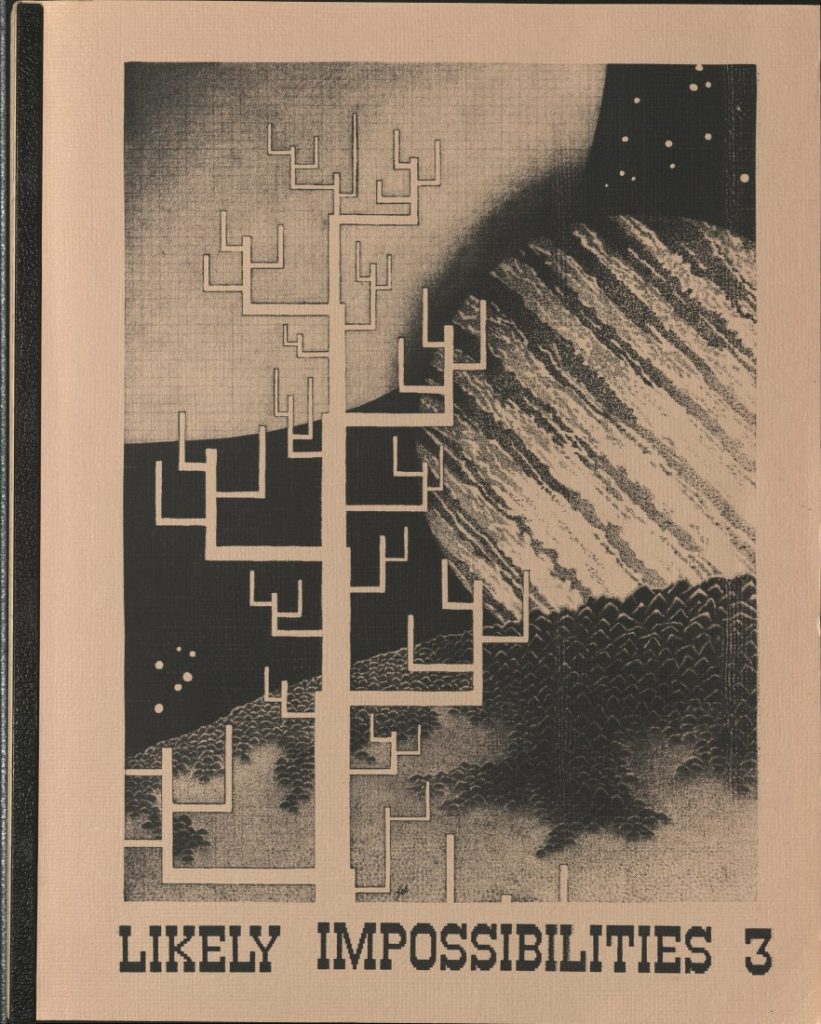
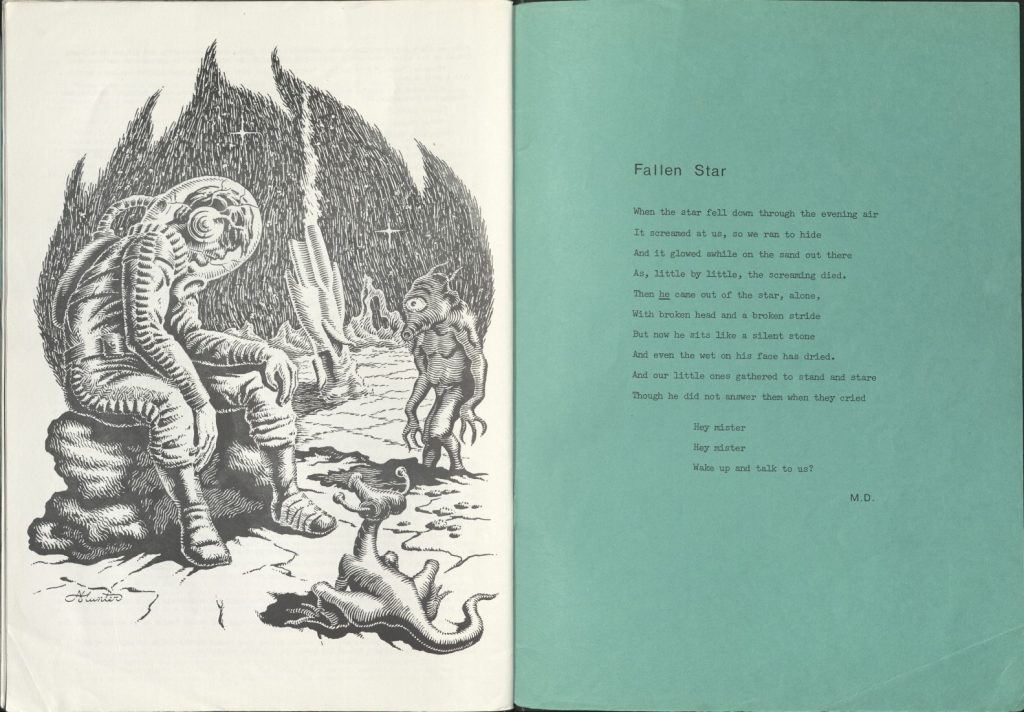
In addition, I love exploring the different collections and talking with the curators about how we started some of them. For instance, the Literary Ephemera collection in Special Collections is always fascinating to browse because it is mostly comprised of outsider art and poetry. They’re not only interesting to read in a vacuum, but they also provide interesting commentaries on the times they were created in.
What are you studying, and what do you hope to do in your future career? Has your work at Spencer changed how you look at your studies or your future career plans in any way?
As mentioned previously, I am currently studying mathematics, physics, and computer science. Originally I planned on going into graduate school in order to pursue a Ph.D. in physics, but working at the library has made me consider going into library work as well. It would be interesting to get a master’s degree in library science and work at a library after graduation. In addition, I have also considered using my computer science degree and going into the field of digital archives – archiving material which is only digital. For example, I was considering working at the Internet Archive, which houses numerous websites, books, recordings, videos, and software.
What piece of advice would you offer other students thinking about working at Spencer Research Library?
Never assume that any resources available to you will always be available to you. First get familiar with what resources are provided by your local community, government, and university. Second, never stop fighting for those resources. In the context of the library, never stop fighting for the open access of information, funding, and a place to study and relax without having to pay first. Also please donate to your local library if you are in a position to do so.
Ceres Botkin
Public Services student assistant

